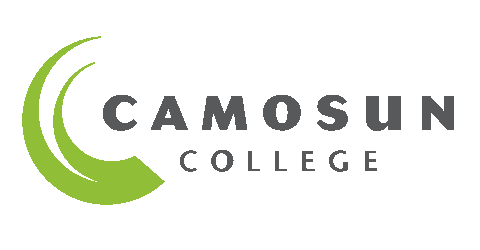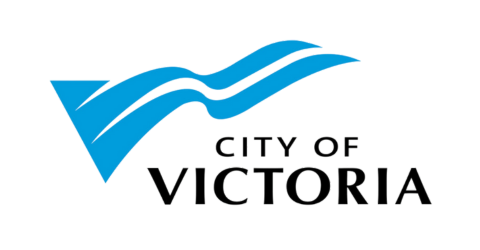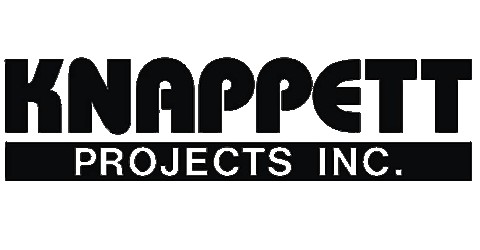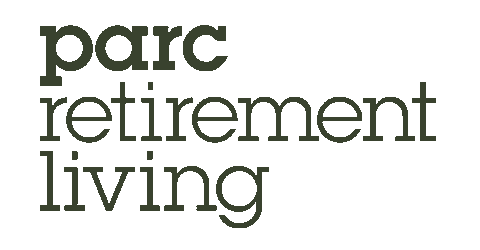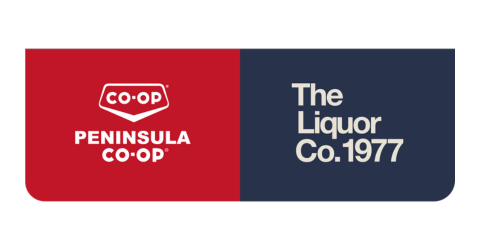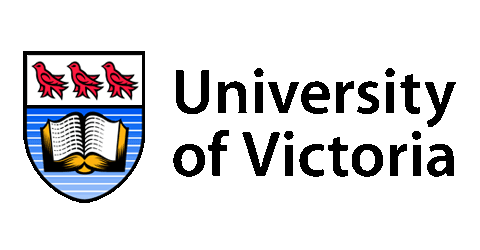Why food security is an economic issue
One of the most troubling and startling images in my memory from early in the COVID-19 pandemic is seeing empty rows of shelves and produce sections in grocery stores. All the years of conversations about food security on Vancouver Island came to mind: “We import most of our food, what happens if our food chain is interrupted?” “Why don’t we produce more of our own food?”
One year into the pandemic, our economy has forever changed. Agriculture and food production has been profoundly affected by border closures and uncertainty in our international supply chains. The sight of bare shelves at grocery stores was one of the first signs of the seriousness of our situation. The initial shortage of toilet paper was puzzling, but then other goods that had been readily available were suddenly hard to find. There’s nothing funny about panic buying when it affects our ability to eat well and live a healthy lifestyle.
Fortunately, the first wave crested before summer, when Island-grown produce was plentiful, and we were able to fill our pantries long enough for the wrinkles to get ironed out of the supply chains we rely on. But the warning bell was sounded, and we now have an opportunity to make sure we’re ready the next time a crisis shuts down the Island to outside food supplies. Think too of the carbon footprint caused by transporting food here, and the jobs being filled elsewhere that we could be supporting by producing food here.
We also have an opportunity to build off Vancouver Island’s growing strength as a tech hub and a desirable place to live, work and raise a family. Innovations such as vertical farms that allow for stacked gardens, the use of rooftops as agricultural plots, enhanced community gardens and new efficiencies that make small lawn or commercial farms viable. How about boulevard gardens, veggie plots on school grounds and churchyards or gardens on post-secondary campuses. All of these could or do benefit from sustainable practices that re-use water and compostable materials already being created in our communities.
Most municipalities in Greater Victoria are working on food security policies. The District of Saanich, which has long championed the Urban Containment Boundary, has developed seven themes that reflect public input and support urban food production. The City of Victoria’s Growing in the City program, which grew more than 81,500 edible plants to distribute to more than 44 community organizations. City gardens provide spring seedlings, including herbs, tomatoes, cucumbers, zucchini, broccoli and other edible plants. The program prioritizes distribution to populations having a harder time getting fresh food because they have been disproportionally affected by the pandemic. Among those, according to the city, are indigenous groups.
I think working on agricultural initiatives with First Nations is a tremendous opportunity. Indigenous people were able to sustain countless generations before colonization. It makes sense to engage with First Nations to preserve traditional techniques and produce food that connects to the land, supports our region’s cultural heritage and has proven to be sustainable.
The provincial government is also moving ahead to turn many urban farm concepts into reality. On March 30, as part of the Greater Victoria Chamber of Commerce’s Business restart Series, I’m hosting the Hon. Lana Popham, B.C.’s Minister of Agriculture, Food and Fisheries. We’ll be discussing new policies, programs and technology that will increase food security and support urban food production.
These are exciting developments and The Chamber looks forward to working with our members and partners to share the benefits of buying — and growing — local. It’s all about building resilience in our economy by ensuring we can sustain ourselves when the next crisis hits. Urban farm production will create good jobs, provide locally grown food and enhance the health of our communities.
This column was originally published in the March edition of the Business Examiner



